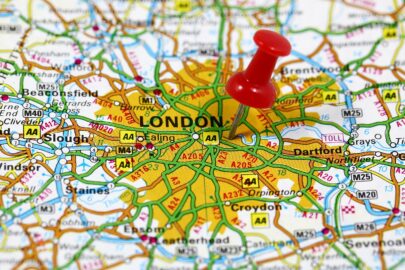The Office for National Statistics (ONS) has reported that UK average house prices increased by 8.2% in the year to April 2016, down from 8.5% in the year to March 2016.
The main contribution to the rise came from England, where prices increased by 9.1% over the year to April 2016, with the average price in England now £225,000.
On a regional basis, London continues to be the region with the highest average house price at £470,000, followed by the South East and the East of England, which stand at £302,000 and £263,000 respectively.
The lowest average price continues to be in the North East at £122,000.
London was also the region which showed the highest annual growth, with prices increasing by 14.5% in the year to April 2016.
The East of England (13.6%) and the South East (12.3%) also had high annual growth. The lowest annual growth was in the North East, where prices increased by 0.1% over the year.
Andrew McPhillips, chief economist at Yorkshire Building Society, said: “Continued growth in prices even after the new buy-to-let stamp duty rate came into force is most likely a result of there being fewer properties on the market after the spike in house purchases driven by landlords rushing to beat the increase in stamp duty. We expect prices to rise in the remainder of the year, but at a less pronounced level than previous years due to macroeconomic weakness.
“Given that house price inflation has outpaced wage-growth for a number of years, affordability constraints are likely to dampen market activity in the near future. In addition to this, a combination of EU referendum uncertainty and turmoil in global markets could weigh on price growth at least in the short term.
“House prices have increased substantially in recent years, especially in the South, and a slowdown in prices would go some way towards correcting the house price boom. That said, in the long-term house prices are likely to carry on growing beyond wage-growth as a consequence of demand outstripping supply. This will continue to push people out of the market unless more properties are built for people to buy.”
David Brown, CEO of Marsh & Parsons, added: “This new, combined house price index gives a more accurate picture than ever before given the inclusion of cash sales and new dwellings, along with average price calculations that are less liable to volatility. The revised methodology doesn’t scramble the signal however – house price growth continues the strong performance it has shown over the past two and a half years, despite a slight calming since March.
“The rate of house price growth in the capital has been overshadowed at various junctures over the past year by strong showings from the East of England and the South East, but London is top dog once again. A truly world-class destination like London may not always be at full throttle, but it never loses its lustre.”
